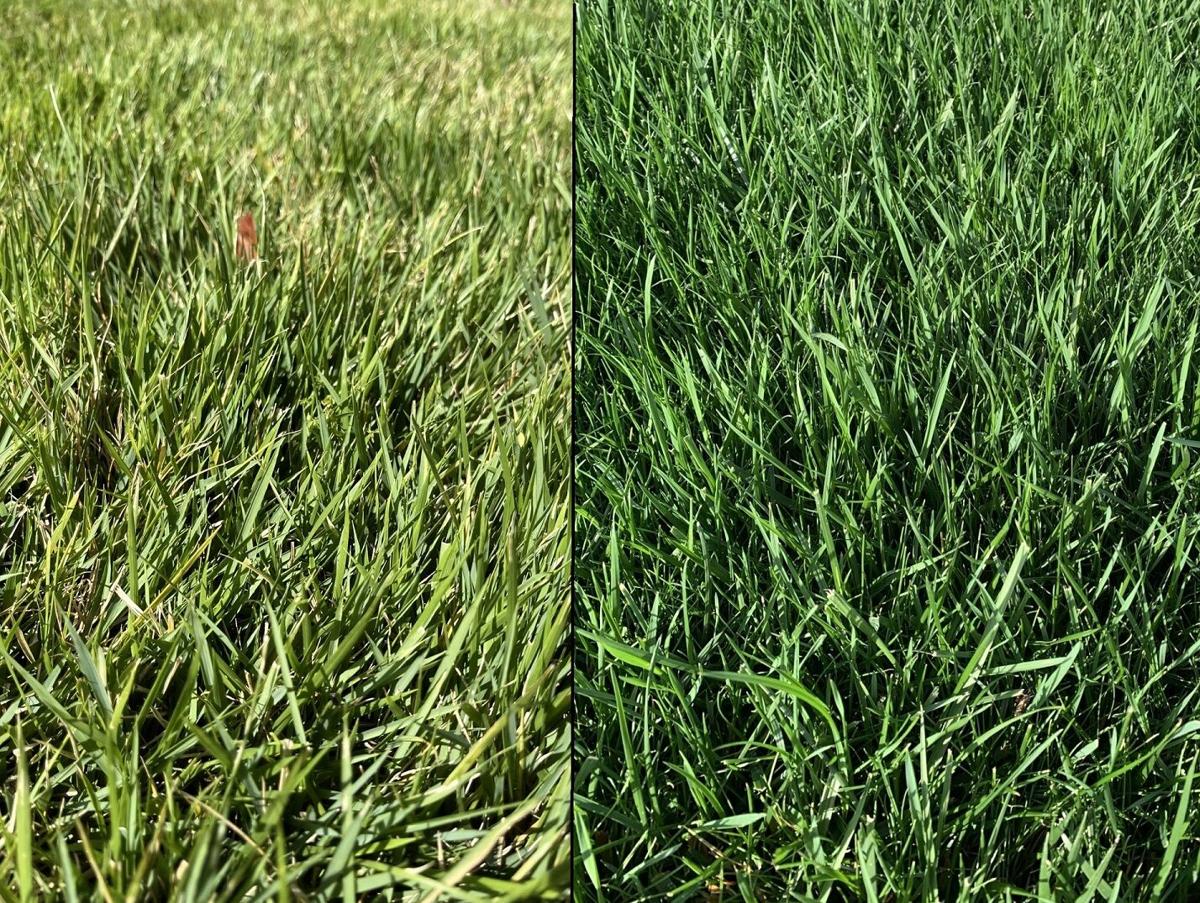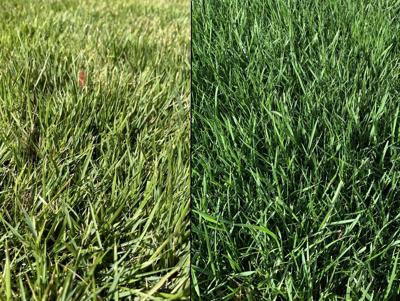Q • I want to apply grass seed to fill in the dead areas of my lawn, but there are so many types of grass seed out there. What is best for the ×îĐÂĐÓ°ÉÔ´´ area?
A: Unfortunately, every species of turfgrass has advantages and disadvantages, so choosing the species based on the environmental conditions present in your yard and the management strategies you practice is best.
Turfgrass species are categorized as either cool-season or warm-season depending on the temperatures optimal for their growth. Both cool and warm-season grasses can grow in the ×îĐÂĐÓ°ÉÔ´´ area, but cool-season grasses struggle in the heat of the summer, and warm-season grasses have a rather short growing season and remain brown for several months of the year.
Tall fescue is the most heat- and drought-tolerant cool-season grass, making it the best choice for cool-season lawns in the ×îĐÂĐÓ°ÉÔ´´ area. Tall fescue has moderate fertilizer and moisture requirements and handles moderate shade and foot traffic, but it is susceptible to a disease called brown patch that can damage lawns in the summer. Seeding with a mix of tall fescue and Kentucky bluegrass (90-95% tall fescue, 5-10% Kentucky bluegrass) can help limit brown patch damage and increase lawn density provided the lawn receives moisture regularly. Cool-season lawns are best seeded in mid-September to early October in the ×îĐÂĐÓ°ÉÔ´´ area when temperatures have cooled a bit.
People are also reading…
Among the warm-season turfgrasses, zoysiagrass is best suited for the ×îĐÂĐÓ°ÉÔ´´ area because it has good cold, heat and traffic tolerance, and has moderate to low moisture and fertilizer requirements. On the downside, it does poorly in shade, may need to be dethatched, is susceptible to a disease called large patch, and remains dormant for about six months. Another less common warm-season option for our area is buffalograss, which is native to much of the Great Plains and thrives in full sun. While not as dense, traffic tolerant or easy to establish as zoysiagrass, buffalograss has excellent heat, drought and disease tolerance, and does not need to be mowed as often. As warm-season grasses, zoysiagrass and buffalograss are best established in late spring or early summer once temperatures warm up. For more information about turfgrass species and managing lawns in Missouri, visit .
Write to the Missouri Botanical Garden’s Center for Home Gardening at plantinformation@mobot.org or the Horticulture Answer Service, 4344 Shaw Blvd., ×îĐÂĐÓ°ÉÔ´´, MO 63110.















